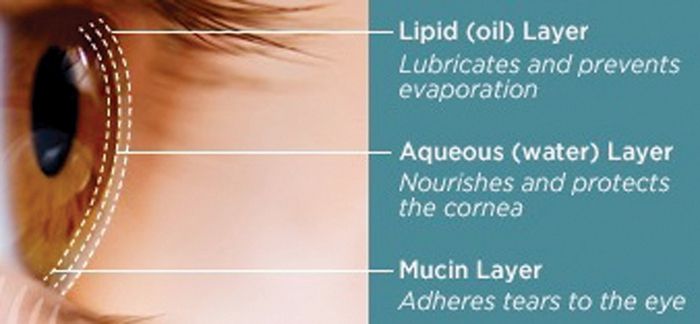

Eye Health
By Dr S.S. Gill
In our continuing series on Eye Health, Consultant Ophthalmologist Dr S.S. GILL talks to us about dry eyes.
Most people do not realise that a normal tear production is required for clear vision. About 5 to 10 percent of individuals in their 40’s and 15 to 20 percent of those above 50 years suffer from inadequate tear production resulting in dry eyes. This is most common amongst women, especially those who are postmenopausal.
Dry eyes is a condition due to the reduction in the quantity or altered quality of the tears. Tears are necessary for the lubrication of our eyes and to wash away particles which can cause infection. You can imagine the eyes to be like “a fish without water” when they lack tears! If you have dry eyes, you may feel a burning, stinging sensation. You may also experience, redness, tired eyes after reading, even for short periods of time. If you wear contact lenses, they may feel uncomfortable or scratchy to the eyes.
WHAT CAUSES DRY EYE?
Dry Eye Syndrome is most common in adults age 40 and older. As you age, your eye’s tear glands produce less of this fluid, making your tear film break. This causes most dry eye sufferers to feel painful eye irritation and experience vision loss. Some causes include:
- Aging or menopause.
- Constant exposure to air-conditioners, wind and sun.
- Smoking or second-hand smoke exposure.
- Previous eye surgery such as Lasik (usually temporary).
- Eye injury, facial paralysis, poor lid closure.
- Certain medications like antihistamines.
- In conjunction with some diseases.
WHY ARE TEARS IMPORTANT?
The TEAR FILM has 3 basic functions. Firstly, it bathes and protects our eyes. Secondly, it also contains proteins and nutrients which provide nourishment to the eye. Thirdly, tears help refract light to keep vision nice and sharp.
Tears are not just simple watery fluid but actually comprise of 3 layers – the FATTY (lipid) layer, WATERY (aqueous) layer, and the MUCIN layer. The outer FATTY layer works by keeping our tears from evaporating or drying-up too soon. This layer is produced by our eyelid glands, so if you have unhealthy eyelids, a defective fatty layer would result. In this condition, tears could dry up very fast. The middle AQUEOUS layer is the main WATERY part of your tears, while the inner MUCIN layer is the “glue” layer needed to keep the whole tear film well spread on the eye surface. A defect in any one of these 3 layers of the tear film will cause inadequate or poor quality tears. If you have Dry Eyes, you may try the following:
- Use preservative-free artificial tears, available as either drops or ointment.
- Don’t smoke. Avoid direct wind, and air conditioning as much as possible.
- Use a humidifier, especially if you are constantly in an air-conditioned room.
- Purposefully blink more often and rest your eyes when you feel strained.
If after trying the above self-care steps and your dry eyes do not improve within a few days, see an eye doctor.


